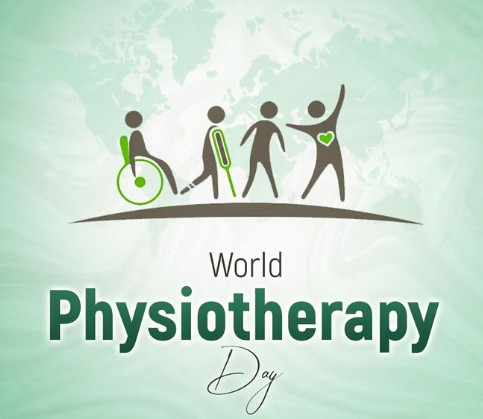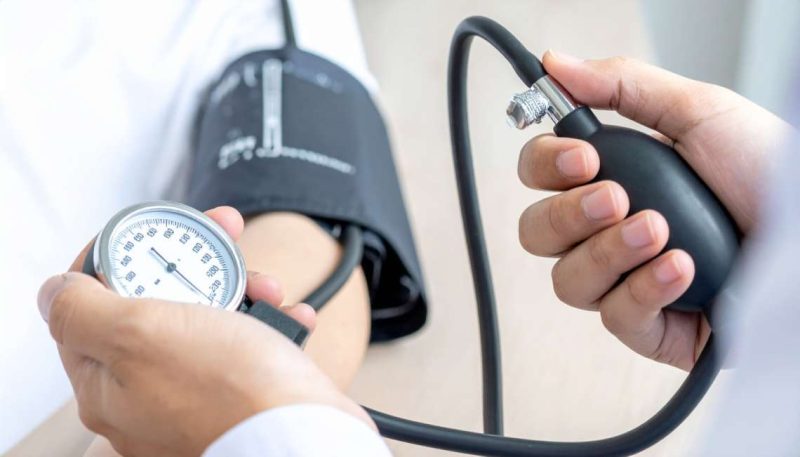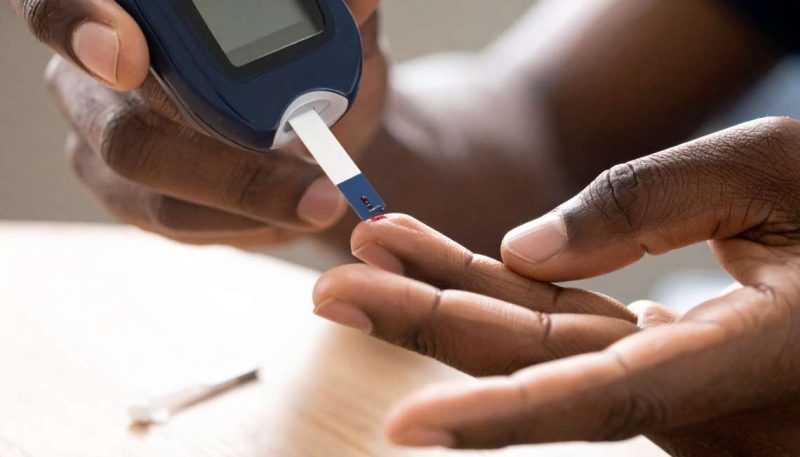The certainty in the estimates for the effects on symptoms from different forms of exercise varied because some studies were very small, and not all provided information on the severity of motor symptoms and quality of life for all the participants…reports Asian Lite News
The quality of life and the intensity of movement-related symptoms can both be enhanced by physical activity in Parkinson’s disease patients. According to the initial Cochrane evaluation of the available research, any form of organised exercise is preferable than none. The review from Cochrane, a collaboration of independent, international experts, was led by Dr Elke Kalbe, Professor of Medical Psychology at the University of Cologne, Germany. It found that physical exercise ranging from dance, water-based exercise, strength and resistance exercise and endurance exercise, to tai chi, yoga and physiotherapy, made mild to large improvements to the severity of movement-related (‘motor’) symptoms and quality of life.
“Parkinson’s Disease is a progressive disorder of the nervous system that mostly affects people over 60,” said Professor Kalbe. “Symptoms begin gradually and include movement problems such as trembling, stiffness, slowness of movement and balance, and lack of coordination. People can also have emotional and mood problems, fatigue, sleep problems and cognitive difficulties. Parkinson’s Disease cannot be cured, but the symptoms can be relieved, and physiotherapy or other forms of exercise may help too. Until now it has been unclear whether some types of exercise work better than others. We wanted to find out what exercise works best to improve movement and quality of life.”
The first author of the review, Mr Moritz Ernst, is a member of Cochrane Haematology and deputy head of the working group on Evidence-based Medicine, which is led by co-author of the study, Professor Nicole Skoetz, at University Hospital Cologne. He said: “We observed clinically meaningful improvements in the severity of motor symptoms for most types of exercise. These included dancing, training to improve gait, balance and movement, multi-exercise training, and mind-body training.
“We saw similar benefits in the severity of motor symptoms for water-based training, strength and resistance training, and endurance training, but the estimates of improvement were rather imprecise, meaning that we are not as confident in saying that these improvements are clinically meaningful.
“For the effects on quality of life, we observed clinically meaningful beneficial effects for water-based training, and effects that are probably clinically meaningful for several types of exercise, such as endurance training, mind-body training, training to improve gait, balance and movement and multi-exercise training. Again, these estimates were rather imprecise.”
The certainty in the estimates for the effects on symptoms from different forms of exercise varied because some studies were very small, and not all provided information on the severity of motor symptoms and quality of life for all the participants. However, the authors say that their review highlights that most types of exercise produced meaningful improvements, and they found little evidence of much difference between different exercises.

Prof. Kalbe said: “We think that our results are good news because they indicate that people with Parkinson’s Disease can benefit from various structured exercise programmes to improve the severity of motor symptoms and quality of life. Our review highlights the importance of physical exercise in general, while the exact exercise type may be secondary. Therefore, the personal preferences of people with Parkinson’s Disease should be given special consideration to help motivate them to adhere to an exercise programme. Any exercise counts!
“It is important to point out that our conclusions do not rule out that certain motor symptoms may be treated most effectively by programmes, such as physiotherapy, that are designed specifically for people with Parkinson’s disease.”
Mr Ernst concluded: “Although our results are quite promising for people with Parkinson’s Disease, the certainty in the evidence on the efficacy of different exercise types and on potential differences between them, was usually limited. This was also because most studies had a very small sample size. Therefore, although there is already a large amount of research in this field, we would encourage researchers to conduct larger studies with clearly defined samples, as this would help to draw conclusions with more confidence. In addition, it would be admirable to see studies that focus on people with more advanced disease and thinking impairment, so that we could find out if physical exercise could also be beneficial for these people.” (ANI)











